
The Second Sunday in Lent.
Station at St. Mary in Domnica.
(S. Maria in Domnica.)
Station at St. Mary in Domnica.
(S. Maria in Domnica.)
 Mosaic in the apse of St. Maria in Domnica.
Mosaic in the apse of St. Maria in Domnica.This is the work of Pope Paschal I, A.D. 817.
The Pope is represented kissing the foot of Our Lady,
who is enthroned with the Holy Child and surrounded by saints.
The name given to the Basilica
of St. Mary on the Coelian Hill, in Domnica,
is of very ancient origin
-of the fourth century, at least.
The word 'Dominicum'
was current in the earliest Christian Latin
as a name for the place where Christians assemble to assist at Mass,
but it also meant the Mass itself.
This church was the house of Saint Cyriaca.
In fromnt of it, St. Lawrence, the martyr,
used to distribute alms to the poor.
+
Oremus.
Let us pray.
O Jesus, our God,
eternal first beginning of light,
Who willest that Thy servants
should devote the seventh day to sanctification,
rather than to work:
Lo! we come, seeking how we may find Thee,
but we are prevented by the habitual darkness of our conscience;
we make efforts to arise, but we fall back again,
and are dejected.
Therefore, we beseech Thee,
cast not away from Thy face them that seek Thee,
for Thou didst deign to show Thyself
to them that did not seek Thee.
Now is the season of the year,
when we are offering to Thy holy Name
a tithe of our days;
and of these days, seven have passed:
grant us Thine assistance
in the path of this fatigtuing journey,
so that our proffered homage may be without blemish.
Sweeten our toil by filling us with an ardent love
of Thy Majesty,
and awaken us from the sluggishness of the body,
by the fervent abundance of Thy charity.
May our life, being thus in Thee,
know no faltering,
and our faith find its reward.
of St. Mary on the Coelian Hill, in Domnica,
is of very ancient origin
-of the fourth century, at least.
The word 'Dominicum'
was current in the earliest Christian Latin
as a name for the place where Christians assemble to assist at Mass,
but it also meant the Mass itself.
This church was the house of Saint Cyriaca.
In fromnt of it, St. Lawrence, the martyr,
used to distribute alms to the poor.
+
Oremus.
Let us pray.
O Jesus, our God,
eternal first beginning of light,
Who willest that Thy servants
should devote the seventh day to sanctification,
rather than to work:
Lo! we come, seeking how we may find Thee,
but we are prevented by the habitual darkness of our conscience;
we make efforts to arise, but we fall back again,
and are dejected.
Therefore, we beseech Thee,
cast not away from Thy face them that seek Thee,
for Thou didst deign to show Thyself
to them that did not seek Thee.
Now is the season of the year,
when we are offering to Thy holy Name
a tithe of our days;
and of these days, seven have passed:
grant us Thine assistance
in the path of this fatigtuing journey,
so that our proffered homage may be without blemish.
Sweeten our toil by filling us with an ardent love
of Thy Majesty,
and awaken us from the sluggishness of the body,
by the fervent abundance of Thy charity.
May our life, being thus in Thee,
know no faltering,
and our faith find its reward.















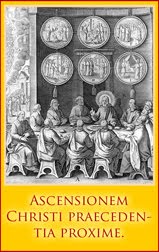
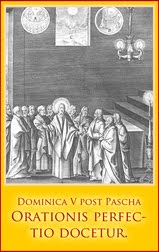

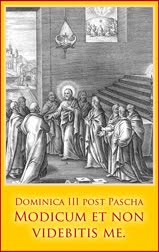

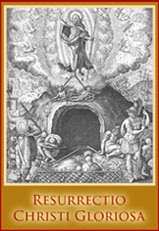
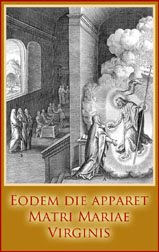
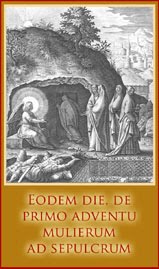
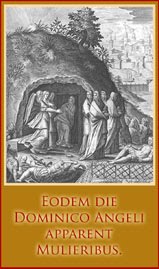
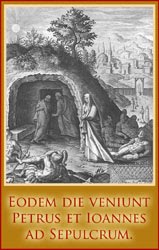
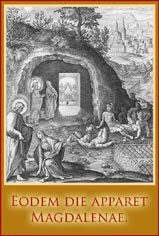



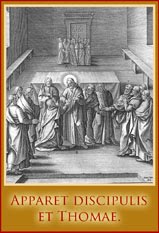

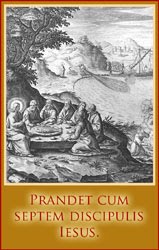














































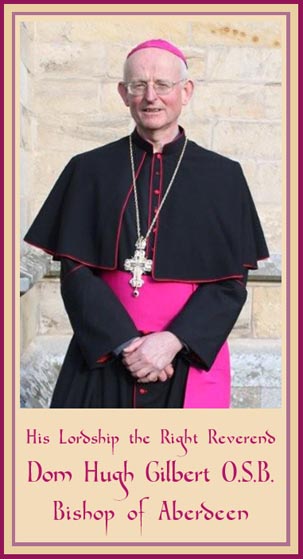








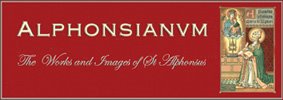




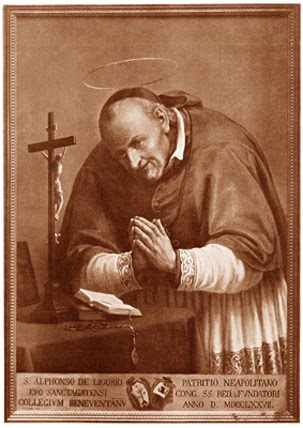






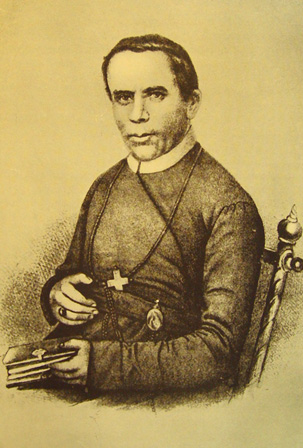












.jpeg)










